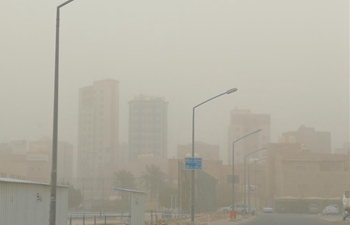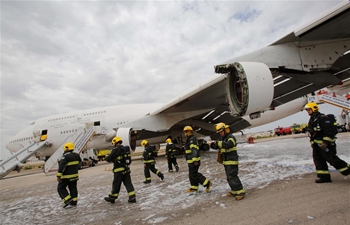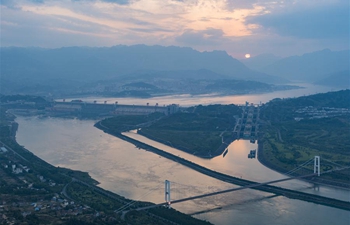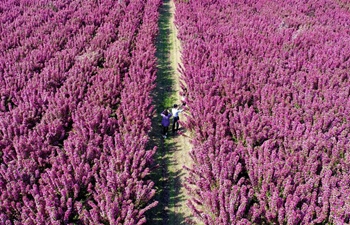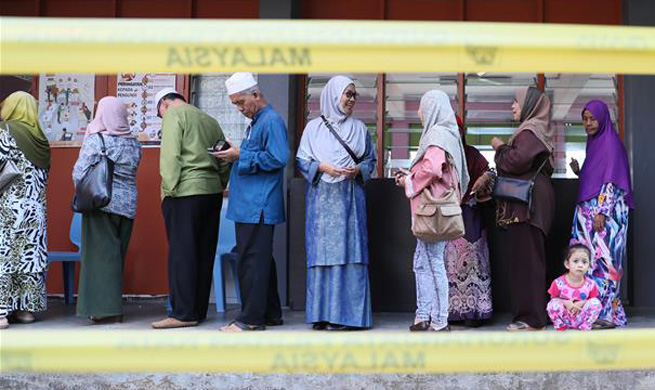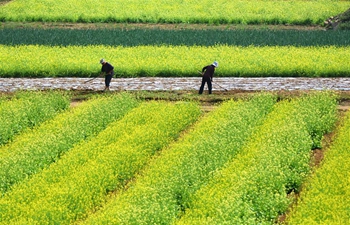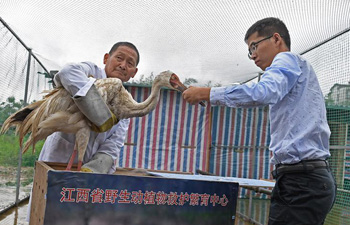MOGADISHU, May 9 (Xinhua) -- More than 695,000 people have been affected by flash floods and river floods caused by ongoing heavy rainfall in Somalia, the World Health Organization (WHO) said.
According to WHO, out of the figure, nearly 215,000 people have been displaced in the last few days as most flooding occurred in the regions of Bakool, Banadir, Bay, Hiraan, Lower Juba, Middle Juba and Middle Shabelle.
"Urgent needs of the afflicted communities include shelter, food, health, nutritional supplies, access to water and sanitation, latrines, mosquito nets and tents," WHO said in a statement released on Tuesday evening.
The UN agency warned that flooding can trigger the transmission of water-borne and vector-borne diseases, such as cholera, malaria and dengue fever, and contaminate water sources.
It said health authorities and WHO have alerted the Early Warning System in Somalia and agency's communicable disease surveillance officers to look out for the emergence of any waterborne or vector-borne diseases to respond to and manage any resulting disease outbreaks in a timely manner.
WHO said in its close collaboration with the ministry of health said it has airlifted and prepositioned 30.1 tonnes of emergency medical supplies to Belet Weyne, Baidoa and Kismayo to treat illnesses commonly spread during emergencies as part of an immediate response.
"These provisions include basic, essential, medical drugs, oral rehydration supplies (ORS), water-testing kits and cholera treatment supplies. Similar medical supplies will soon be sent to the South West and Jubaland States," it said.
However, the UN health agency estimates an additional 2 million U.S. dollars will be required to purchase and distribute emergency supplies to other flood-affected areas.
These resources, it said, would also fund staff needed to deliver services; monitoring and response to disease outbreaks; and the coordination of all these efforts.
According to WHO, one of the worst-hit areas includes BeletWeyne, Hiraan, in the Hirshabelle State, where more than 120 000 people-- some of whom have already been displaced from their original homes - were forced to flee riverine villages after the Shabelle River burst its banks, destroying houses and crops.
Somalis have suffered from natural calamities and civil strife over the years and endured drought, disease outbreaks, and insecurity among other challenges.
This, according to WHO, has resulted in malnutrition, poor access to health, and prevalent poverty all across the country.
Ghulam Popal, WHO Representative for Somalia, however, warned that the needs are outrunning the support available and called for urgent action to respond to this emergency.
"A well-coordinated response by authorities, and local and international organizations averted a cholera epidemic last year. We need a similar response again, now, to save livelihoods and prevent the spread of diseases among an already vulnerable society," said Popal.




